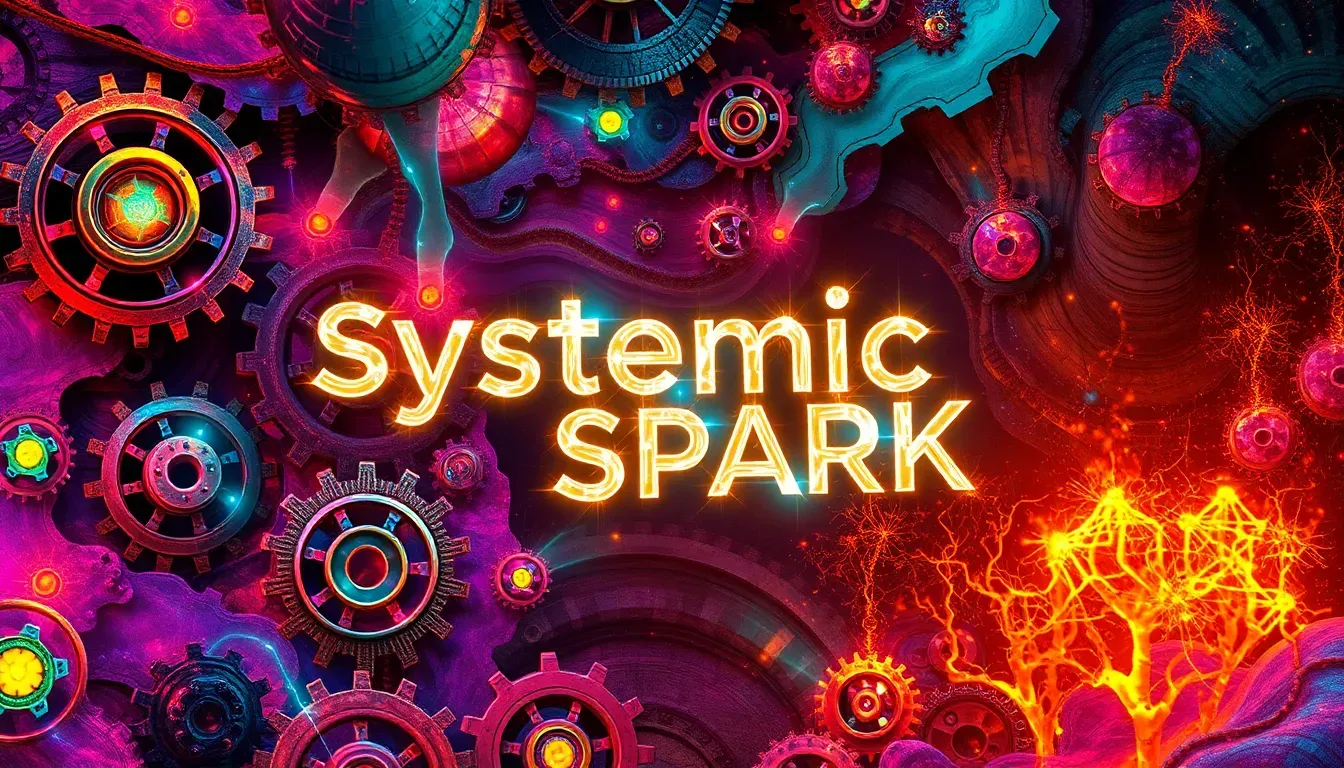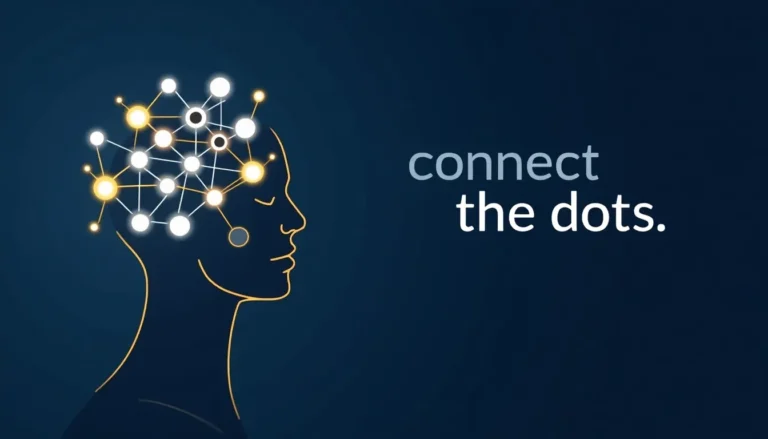The Systems That Run Us
We’re surrounded by systems, but rarely see them.
The morning coffee routine. The commute to work. The way we check our phones 100 times a day.
Systems shape everything we do, yet remain invisible until they break.
When your internet goes down, suddenly you notice the system. When traffic grinds to a halt, the transportation system becomes painfully apparent. When AI makes a mistake, we question the algorithms that usually hum along unnoticed.
But here’s the thing about systems: they’re not just happening to us. We create them, maintain them, and can change them.
The question isn’t whether to think in systems. We’re already in them.
The question is whether we’ll be conscious architects or unconscious participants.
Consider artificial intelligence. It’s not just code and computers. It’s a vast ecosystem of data, decisions, and consequences. Each piece affects every other piece.
Training data shapes model behavior.
Model behavior influences human decisions.
Human decisions create new data.
The cycle continues.
Understanding this system view changes everything:
Instead of asking “How do I use AI?”
We ask “How does AI use change the system?”
Instead of focusing on individual outputs
We examine cascading effects
Instead of fighting symptoms
We address root causes
Systems thinking reveals leverage points – places where small changes create big effects.
It shows us where to push, when to pull back, and how to create lasting change.
But there’s a catch.
Systems resist simple solutions. They’re complex, interconnected, and often counterintuitive.
Push here, something pops up there.
Fix this problem, create two new ones.
Optimize one part, sub-optimize the whole.
That’s why thinking in systems isn’t just helpful – it’s essential.
Especially now, as we build AI systems that will shape our future.
We need to see the whole board, not just the next move.
Because in the end, we don’t just live with systems.
We are the system.
And the systems we build today will run us tomorrow.
Unless we learn to run them first.



